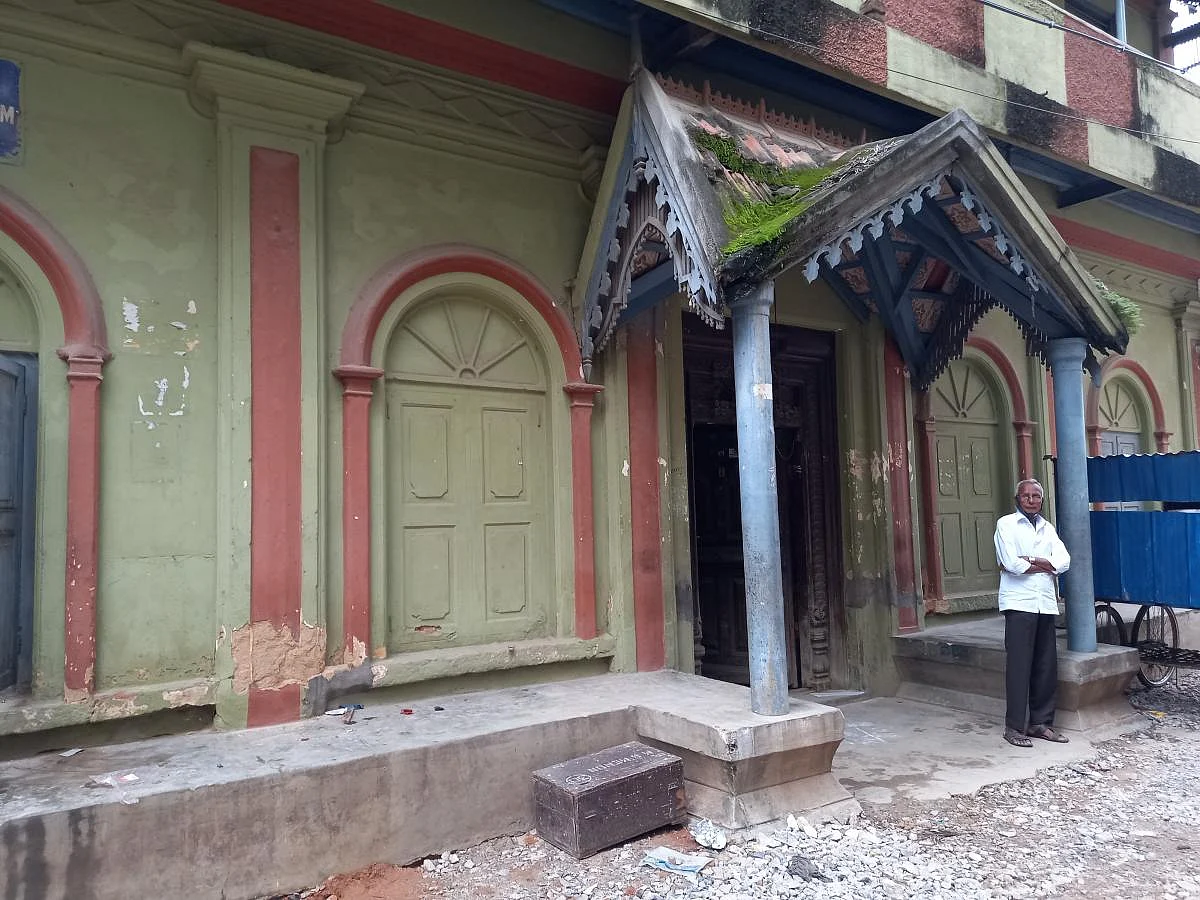
In a lane off Kamaraj Road in Bengaluru is a two-storey building with a curious name. Decorating five monkey tops on the first floor are the five words: Sreemathi Anna Vasanthi Sangham Bangalore. My first thought was that ‘Anna’ meant elder brother, as it does in many south Indian languages. But Sreemathi clearly indicates a married woman. Who then, was this lady, Anna Vasanthi?
A few phone calls and a riffle through some old books clarified the conundrum: the Sangham was named after the theosophist, educationist and ceaseless champion of self-rule, Annie Besant. Anna Vasanthi was the rather charming, localised version of her name.
The building was inaugurated on October 4, 1916 by Annie Besant herself. As she later wrote in her autobiography, “A very full day was spent at Bangalore, whither I went to open a new building of a very useful Society which has been named after me. Shrimati Annavasanta Sangam; Besant becomes Basant in Bengal and Vasanta, the Spring, in Samskrit, so the name easily lends itself to local namings.”
Heritage buildings, even those that have fallen on hard times, often amaze you with their attention to detail. Take the sumptuously carved front door, made of Burma teak — behind the cobwebs and dust, you can see flowers, luxurious foliage, birds, and a lady with a child beautifully carved on it.
Inside, a plaque informs us that the Sangham was established in 1898. Another plaque lists people who donated Rs 100 and above. Arcot Narrainsawmy Mudaliar heads this list, followed by several other familiar names, A Sundaramurthy Mudaliar, Velu Mudaliar and Gangadhar Chettiar among them.
The Sangham’s founding president was N P Subramania Iyer, a philosopher who was also the president of the Bangalore branch of the Theosophical Society.
With Annie Besant as its inspiration, the Sangham had the twin aims of promoting culture and serving the destitute. Feeding the poor was a priority.
A large hall on the ground floor bears yet another plaque recording that Rangiah Chetty Garu, a professor at the Madras Christian College, donated Rs 1,500 towards the construction of a hall to serve food.
The Sangham continued its activities for several decades. Its golden jubilee celebrations were presided over by Kengal Hanumanthaiah. “For the diamond jubilee, we invited the Maharaja (Jayachamaraja Wadiyar), but he expressed his regrets at being unable to attend and sent a representative instead,” shares T S Bhaskar, a trustee.
Changing needs
By the late 1970s however, the institution found itself cash-starved and unable to reinvent itself to suit changing needs. Some years ago, the management stopped the practice of free feeding.
A large wooden table and bench are all that is left of the free reading room and library that the Sangham had been running from its very early days. Standing empty in a hall, marooned in silence, it still speaks of a time when people from around the area came in to read the Kannada, Telugu and Tamil newspapers, magazines and books that the Sangham stocked. Anand Velu, secretary of the Trust, recounts how after prolonged disuse, some of the library’s books went missing, while a majority were reduced to dust by insects.
Upstairs, we walk into a large, empty hall. Light streams in from several rectangular windows and two quatrefoil ventilators. Annie Besant looks down at us from her photo, flanked by other now-forgotten patrons. Old teakwood fans whir gently. The slender cast-iron columns and the sloping, Mangalore-tiled roof give the hall a sense of unhindered, expansive space.
At one time, this room hosted throngs who came in to jointly celebrate festivals like Shivaratri and Deepavali, or to listen enthralled to discourses on philosophy or religion. “There used to be such huge crowds for these, there would be no place on the roads,” recalls Bhaskar.
The halls and rooms have been silent for many years now. But a fresh wind of optimism blows in. Three years ago, the Sreemathi Anna Vasanthi Sangham Trust was registered (it was a Society earlier), with fourteen trustees. And they are full of ideas on how they can contribute to society. Plans include free classes, tutorials, and counselling for school students, and a pension scheme for widows. I was happy to hear that the Trust is also looking to restore the heritage building.
Annie Besant’s spirit and ideas may once again animate this lovely building that bears her name.
(Meera Iyer is the author of ‘Discovering Bengaluru’ and the Convenor of INTACH Bengaluru Chapter)
